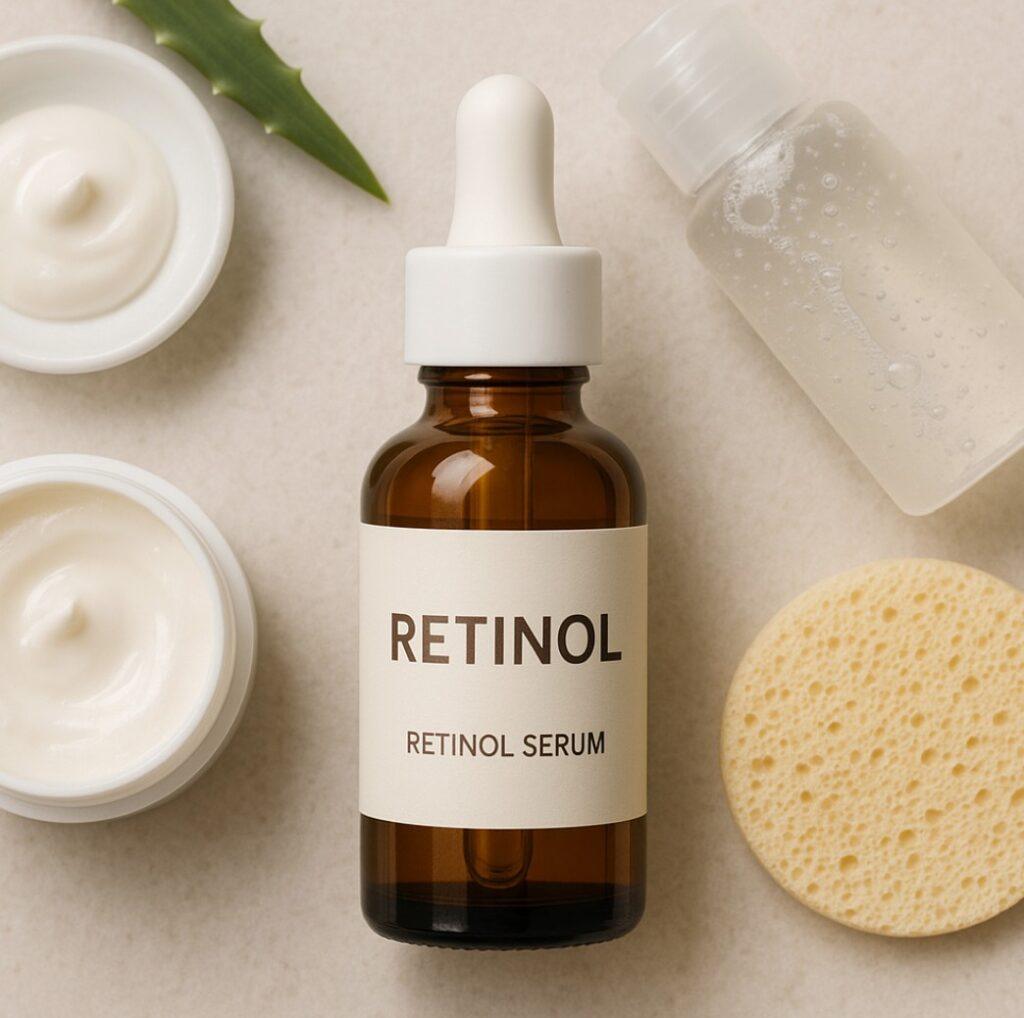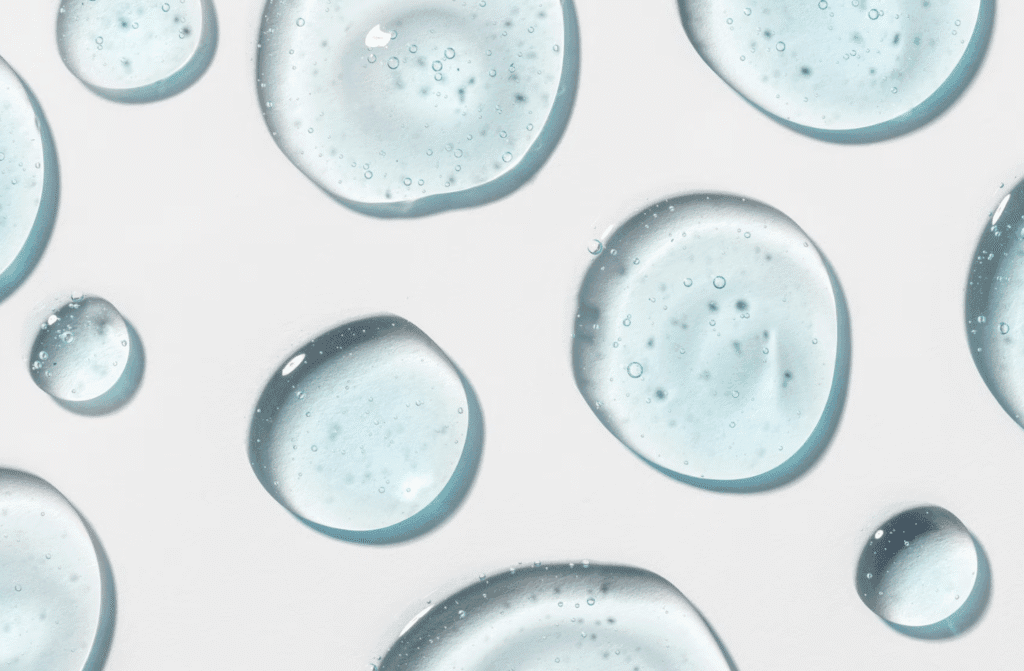Whether you want to clear acne or reduce wrinkles, from increasing collagen production to removing dead skin cells, retinol has a lot to offer for a variety of skin issues.
When it comes to getting beautiful, youthful skin, retinol in skin care is a game changer that you have to know about. No matter if you’re new to your skincare routine or if you’re looking to revamp your beauty game, understanding the advantages of using retinol or knowing how to use retinol can mean the world of difference.
If you’re wondering how to use retinol or if it’s suited for your complexion, particularly if your skin is on the sensitive side, you’ve come to the right spot. This piece will cover the basics — from what retinol is and the different types of retinol in skincare to step-by-step guides on how to start slowly and safely, and product recommendations that are specific to retinol for beginners and retinol for sensitive skin.
From fighting fine lines and acne to minimizing hyperpigmentation, retinol has serious benefits. But as with any powerful skin care ingredient, there is a correct way to add it to your routine. So stay with us as we dig into everything you need to know before you make your exciting first move!
Did You Know?
Retinol is one of the most studied, and proven, ingredients in skincare when it comes to skin renewal and anti ageing, and it has been around in skincare since the early 70′s.
What is Retinol?

Retinol in skincare is a type of vitamin A, a fat-soluble vitamin that’s necessary for healthy skin. It functions by increasing cell turnover, which helps exfoliate old, dead skin cells and generate fresh, new ones in their place. This process, she said, improves the skin’s texture and supports production of collagen, which in turn is effective at alleviating signs of aging, such as fine lines and wrinkles.
Retinol is one of a few types of retinoids that most experts agree can improve the appearance of your skin. It is not exactly retinoic acid which can be prescribed in a higher concentration than retinoids, and is more potent and established as an acne treatment as well as an anti-aging ingredient. That makes it affordable for a lot of people, even newcomers to active skincare ingredients.
Forms of Retinol in Skincare
There are a variety of retinol-based ingredients used in skin care products, each with different strengths and the way they are absorbed by your skin. These are a few of the most common versions:
- Retinol: The most frequently used over-the-counter form; strong but gentle enough to begin with.
- Retinyl palmitate: The gentlest form, can be used on sensitive skin or those starting out. It has to be converted to retinoic acid in the skin, so its action is slower.
- Retinaldehyde: The middle child of retinyl palmitate and retinol, retinaldehyde is faster-acting, but not as irritating as time goes on.
- Tretinoin: The most powerful, prescription-strength form of retinoic acid, but this option does need medical oversight.
Key benefits of retinol for Your Skin
Retinol in skincare, is both miraculous and well-recorded. Its magic as a skin transformer is in how it interacts with skin cells and collagen. Here’s what you can expect the benefits of retinol:
- Reduces texture: Specially designed to smooth bumps and rough patches on your skin for a consistent, more even tone.
- Decreases Wrinkles & Lines: Increase in collagen and elastin helps reduce visible lines and wrinkles.
- Acne fighting: Clears acne, pimples, blackheads, and whiteheads.
- Fades dark spots and hyperpigmentation: Evens pigmentation for a more uniform skin tone.
- Makes skin Brighter: This exfoliating face scrub is a naturally derived exfoliator that removes dead skin cells to help encourage new skin cell regeneration; It’s designed to instantly brighten skin and leave it smooth and even looking; It’s a brightening treatment for skin.
- Reduces pores: Say goodbye to clogged pores and get skin with reduced pores.
How to Incorporate It into Your Routine
Understanding how to use retinol in skincare is the key to reaping its benefits without irritating your skin. For people who want to try making their own, here is a simple guide to get you started:
- Ease in: Apply every other night or for a smaller dose, mix in with your nighttime moisturizer.
- Apply to clean, dry skin: Wait until after moisturizers and serums.
- Wear sunscreen every day: Retinol makes your skin more sun-sensitive, so be sure to keep it properly shielded.
- Slowly up the frequency: After about 2-4 weeks of applying retinol every night and no irritation, switch to every other night.
- Take it easy: Stay away from harsh scrubs and other irritants as your skin gets used to this new routine.
Pro Tip: If you do have sensitive skin and use retinol, opt for lower percentages and try a product that melds retinol with moisturizing or calming ingredients such as niacinamide or hyaluronic acid to keep skin from drying out.
Best Ingredients to Pair
Combining retinol in skincare with synergistic agents may augment its effect and improve tolerability. Here, as a service to you, is a table of good matches:
| Ingredient | Benefit | Why It Pairs Well with Retinol |
|---|---|---|
| Hyaluronic Acid | Moisture | Replenishes skin and helps mitigate the dryness of retinol. |
| Niacinamide (Vitamin B3) | Soothing & Brightening | Relieves irritation and strengthens skin barrier function. |
| Peptides | Collagen Support | Assists in skin repair and elasticity in addition to the collagen-boosting by retinol. |
| Antioxidants (Vitamin C, E) | Protection & Brightening | Effectively counteract free radicals for youthful skin. |
| Moisturizers (Ceramides) | Barrier Repair | Supplies lipids to combat dryness while retinol-treated skin is at the height of irritancy. |
What to Avoid Mixing With
To maximize retinol’s effectiveness in skin care, don’t mix it with some ingredients that can boost irritation and/or hinder effectiveness. Here are the main culprits:
- Vitamin C: You could make your skin too sensitive by using both at the same time — best to use vitamin C in the a.m. and retinol in the p.m.
- Benzoyl peroxide: Retinol can be neutralized by it, plus it can lead to over drying.
- AHAs/BHAs: Pairing with retinol can result in overly exfoliated skin and a damaged skin barrier.
- Physical scrubs or harsh exfoliation: This can be irritating if used in conjunction with retinol.
A Quick Tip: If you’d like to work acids and retinol into your routine, use them on different nights or at different times of the day for a lower-risk routine.
Side Effects to Be Aware Of
Although Retinol is safe for all skin types, some people may experience the following mild side effects that usually fade within an hour of application:
Side Tips to follow
- Women who are pregnant or nursing should avoid retinol, or check with a doctor.
- Never forget to patch test before applying to the face.
- If redness doesn’t dissipate within a couple of weeks, head to the dermatologist.
- Wear protective clothing and sunblock to prevent damage from sunbathing as the increased photosensitivity can cause sunburns.
Side Effects to Know
- Redness and peeling
- Burning or itching is felt only slightly
- Dryness or flaky skin
Product Recommendations
If you’re excited to take retinol for a spin in your skincare routine, here are some retinol for sensitive skin beginners and gentle but effective product options that are crowd favorites:
- CeraVe Resurfacing Retinol Serum: Ceramides included for barrier support, good for sensitive skin. If you’re for a barrier-friendly and gentle product, you can pick up the CeraVe Resurfacing Retinol Serum here.
- La Roche-Posay Retinol B3 Serum: Marries retinol with niacinamide to soothe and brighten. Want to try it? You can shop here which is great for sensitive skin looking for retinol and soothing care.
- The Ordinary Retinol 0.2% in Squalane: Crazy cheap with a mild base, ideal for idiot-proof retinol. If you’re a retinol newbie, this one is a good beginner one. Grab here.
- Paula’s Choice Resist 1% Retinol Booster: Powerful, but contains hydrating ingredients to be gentle on skin. You can get here if you’re ready for a more potent skin-friendly blend.
Common Myths Debunked
Myth: Retinol makes your skin thin
Truth: Not so! Retinol thickens the depth layer of skin by increasing collagen, which improves skin firmness and elasticity.
Wrapping Up: Add It to Your Skincare Routine
With its potent benefits like smoothing texture, fading dark spots, fighting blemishes, and preventing the formation of the first signs of fine lines, including crow’s-feet, the whole world of retinol in skincare is your oyster. The trick is knowing how to use retinol safely, especially if you’re a beginner or you have sensitive skin. So work it in slowly, shield your skin from the sun with sunscreen, pair with hydrating ingredients and skip clash-inducing actives for an optimal outcome.
Keep in mind, every person’s skin is different. Patience and consistency with your retinol routine is what ultimately makes the transformational punch that retinol is known for. So, now that you’re an expert on retinol and all of its benefits, and how to safely introduce it into your routine, You think you might want to get on board?
FAQs
What does retinol do for the skin?
Retinol is proven to enhance cell turnover, stimulate collagen production, and even oust fine lines, wrinkles, acne, and uneven skin tone over time.
Can retinol be used every day?
Begin with 2–3 times per week to acclimate your skin. After your skin gets used to it, you can slowly build up to using it every day if there’s no irritation.
Do I need sunscreen with retinol?
Yes, always. Retinol makes your skin more susceptible to sun damage, so you’ll want to use it in conjunction with an SPF to protect from harmful rays.






